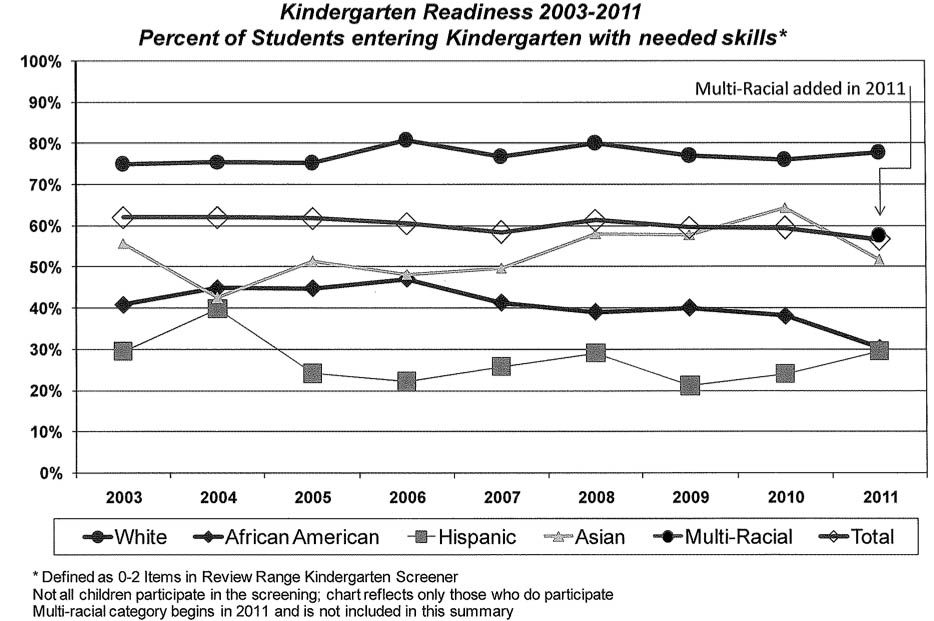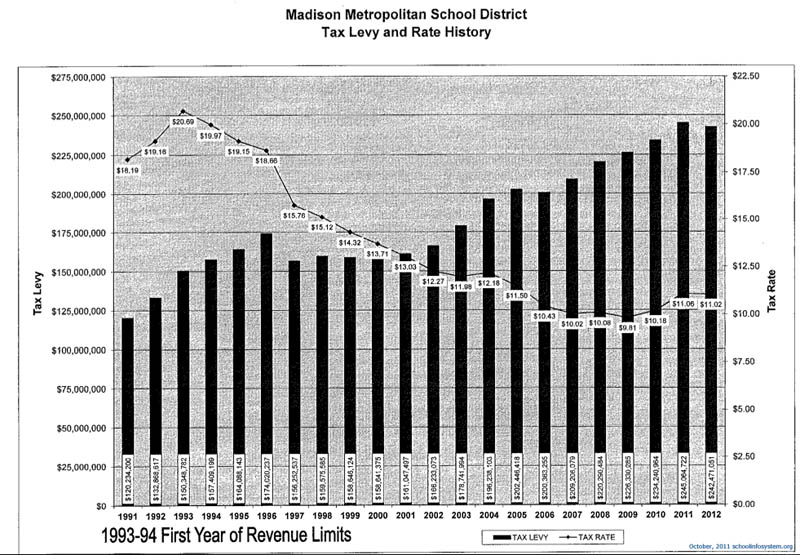Education Plan (PDF) via a kind Kaleem Caire email:
Madison Preparatory Academy’s educational program has been designed to be different. The eight features of the educational program will serve as a powerful mix of strategies that allow Madison Prep to fulfill its mission: to prepare students for success at a four-year college or university by instilling Excellence, Pride, Leadership and Service. By fulfilling this mission, Madison Prep will serve as a catalyst of change and opportunity for young men and women who live in a city where only 48% of African American students and 56% of Latino students graduate from high school. Madison Prep’s educational program will produce students who are ready for college; who think, read, and write critically; who are culturally aware and embrace differences among all people; who give back to their communities; and who know how to work hard.
One of the most unique features of Madison Prep is the single gender approach. While single gender education has a long, successful history, there are currently no schools – public or private – in Dane County that offer single gender education. While single gender education is not right for every student, the demand demonstrated thus far by families who are interested in enrolling their children in Madison Prep shows that a significant number of parents believe their children would benefit from a single gender secondary school experience.
Madison Prep will operate two schools – a boys’ school and a girls’ school – in order to meet this demand as well as ensure compliance with Title IX of the Education Amendments of 1972. The schools will be virtually identical in all aspects, from culture to curriculum, because the founders of Madison Prep know that both boys and girls need and will benefit from the other educational features of Madison Prep.
The International Baccalaureate (IB) curriculum is one of those strategies that Madison Prep’s founders know will positively impact all the students the schools serve. IB is widely considered to be the highest quality curricular framework available. What makes IB particularly suitable for Madison Prep is that it can be designed around local learning standards (the Wisconsin Model Academic Standards and the Common Core State Standards) and it is inherently college preparatory. For students at Madison Prep who have special learning needs or speak English as a second language, IB is fully adaptable to their needs. Madison Prep will offer both the Middle Years Programme (MYP) and the Diploma Programme (DP) to all its students.
Because IB is designed to be college preparatory, this curricular framework is an ideal foundation for the other aspects of Madison Prep’s college preparatory program. Madison Prep is aiming to serve a student population of which at least 65% qualify for free or reduced lunch. This means that many of the parents of Madison Prep students will not be college educated themselves and will need the school to provide considerable support as their students embark on their journey through Madison Prep and to college.
College exposure, Destination Planning, and graduation requirements that mirror admissions requirements are some of the ways in which Madison Prep will ensure students are headed to college. Furthermore, parents’ pursuit of an international education for their children is increasing rapidly around the world as they seek to foster in their children a global outlook that also expands their awareness, competence and comfort level with communicating, living, working and problem solving with and among cultures different than their own.
Harkness Teaching, the cornerstone instructional strategy for Madison Prep, will serve as an effective avenue through which students will develop the critical thinking and communication skills that IB emphasizes. Harkness Teaching, which puts teacher and students around a table rather than in theater-style classrooms, promotes student-centered learning and rigorous exchange of ideas. Disciplinary Apprenticeship, Madison Prep’s approach to literacy across the curriculum, will ensure that students have the literacy skills to glean ideas and information from a variety of texts, ideas and information that they can then bring to the Harkness Table for critical analysis.
Yet to ensure that students are on track for college readiness and learning the standards set out in the curriculum, teachers will have to take a disciplined approach to data-driven instruction. Frequent, high quality assessments – aligned to the standards when possible – will serve as the basis for instructional practices. Madison Prep teachers will consistently be analyzing new data to adjust their practice as needed.
Business Plan (PDF), via a kind Kaleem Caire email:
Based on current education and social conditions, the fate of young men and women of color is uncertain.
Black and Hispanic boys are grossly over-represented among youth failing to achieve academic success, are at grave risk of dropping out of school before they reach 10th grade, are disproportionately represented among adjudicated and incarcerated youth, and are far less likely than their peers in other subgroups to achieve their dreams and aspirations. Likewise, boys in general lag behind girls in most indicators of student achievement.
Research indicates that although boys of color have high aspirations for academic and career success, their underperformance in school and lack of educational attainment undermine their career pursuits and the success they desire. This misalignment of aspirations and achievement is fueled by and perpetuates a set of social conditions wherein men of color find themselves disproportionately represented among the unemployed and incarcerated. Without meaningful, targeted, and sustainable interventions and support systems, hundreds of thousands of young men of color will never realize their true potential and the cycle of high unemployment, fatherless homes, overcrowded jails, incarcerated talent, deferred dreams, and high rates of school failure will continue.
Likewise, girls of color are failing to graduate high school on-time, underperform on standardized achievement and college entrance exams and are under-enrolled in college preparatory classes in secondary school. The situation is particularly pronounced in the Madison Metropolitan School District where Black and Hispanic girls are far less likely than Asian and White girls to take a rigorous college preparatory curriculum in high school or successfully complete such courses with a grade of C or better when they do. In this regard, they mimic the course taking patterns of boys of color.
Additionally, data on ACT college entrance exam completion, graduation rates and standardized achievement tests scores provided to the Urban League of Greater Madison by the Madison Metropolitan School District show a significant gap in ACT completion, graduation rates and standardized achievement scores between students of color and their White peers.
Madison Preparatory Academy for Young Men and Madison Preparatory Academy for Young Women will be established to serve as catalysts for change and opportunity among young men and women in the Greater Madison, Wisconsin area, particularly young men and women of color. It will also serve the interests of parents who desire a nurturing, college preparatory educational experience for their child.
Both schools will be administratively separate and operated by Madison Preparatory Academy, Inc. (Madison Prep), an independent 501(c)(3) established by the Urban League of Greater Madison and members of Madison Prep’s inaugural board of directors.
The Urban League of Greater Madison, the “founder” of Madison Prep, understands that poverty, isolation, structural discrimination, limited access to schools and classrooms that provide academic rigor, lack of access to positive male and female role models in different career fields, limited exposure to academically successful and achievement-oriented peer groups, and limited exposure to opportunity and culture experiences outside their neighborhoods contribute to reasons why so many young men and women fail to achieve their full potential. At the same time, the Urban League and its supporters understand that these issues can be addressed by directly countering each issue with a positive, exciting, engaging, enriching, challenging, affirming and structured learning community designed to specifically address these issues.
Madison Prep will consist of two independent public charter schools – authorized by the Madison Metropolitan School District Board of Education – designed to serve adolescent males and females in grades 6-12 in two separate schools. Both will be open to all students residing within the boundaries of the Madison Metropolitan School District (MMSD) who apply, regardless of their previous academic performance.
Much more on the proposed Madison Preparatory Academy IB Charter School, here.



